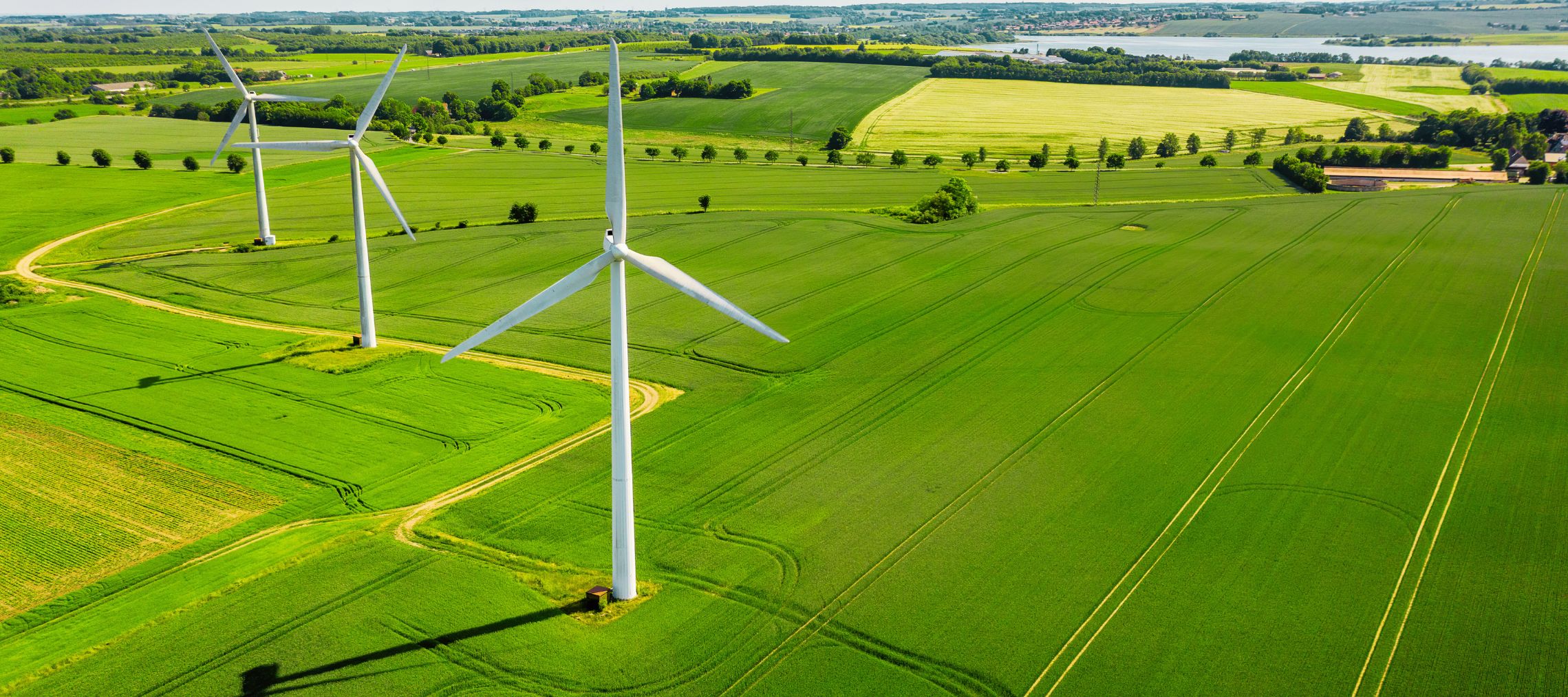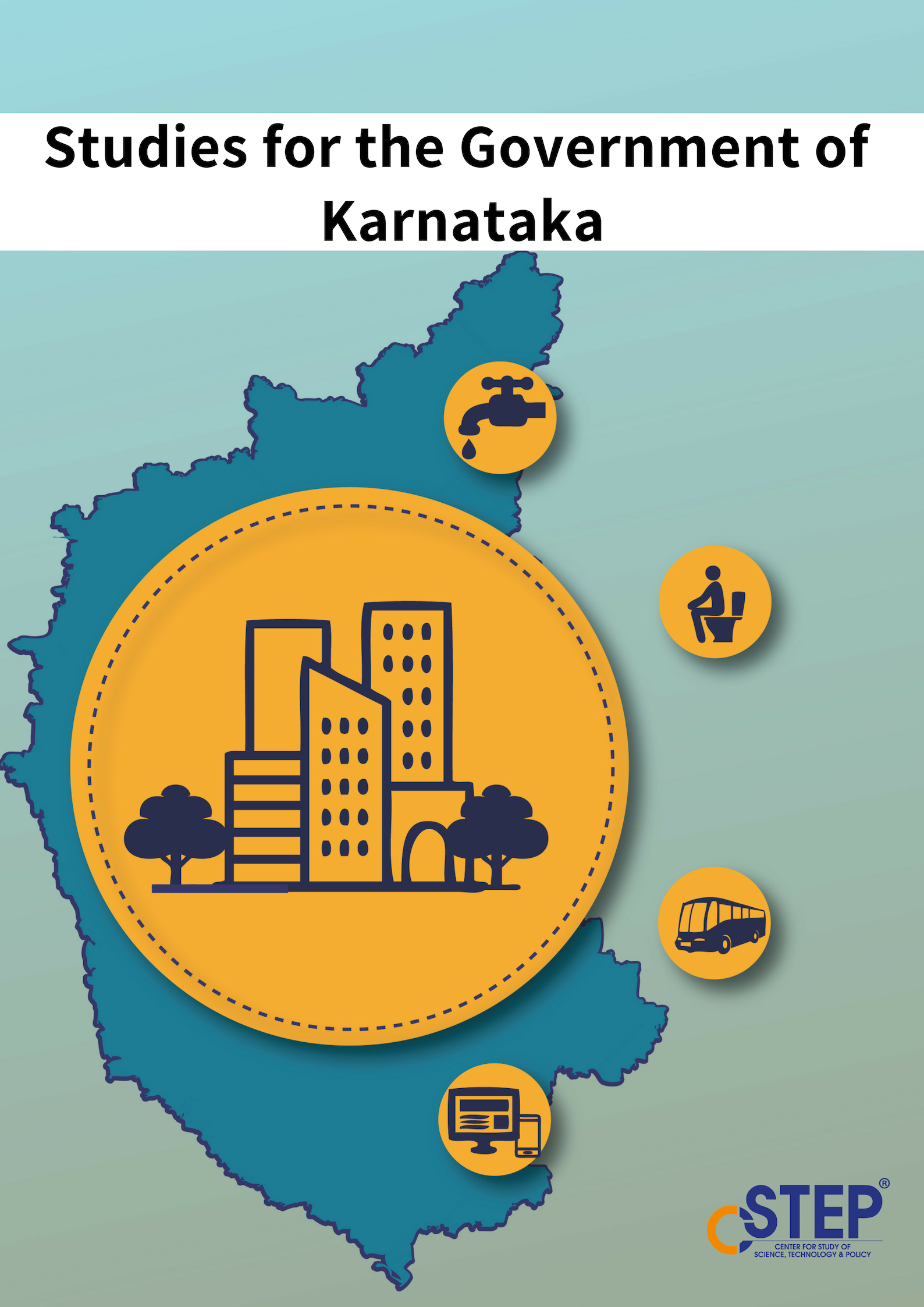Fossil fuels are deeply tied to electricity generation, industrial operations, and transportation among other crucial sectors and cannot be easily dissociated from energy use. CSTEP focuses on a greater integration of renewables and reduction of waste energy in such sectors. This includes working with utilities to improve rooftop solar penetration, mapping potential of various renewables across the country, and analysing energy usage of MSMEs to reduce their fossil fuel consumption.






Launch Of National Rooftop Portal: A Giant Leap Towards Attainment Of India's Rooftop Goal?
Rooftop solar is expected to play a major role in India’s 280 GW solar target for 2030. However, only ~8 GW of the 40 GW target for 2022 has been achieved so far. The residential sector accounts for less than 20% of this installed capacity, despite being offered incentives such as net metering and a 20%–40% capital subsidy.
View: Agrivoltaics for the Indian condition
Of India’s nearly 62 GW installed solar capacity, about 50 GW is ground-mounted photovoltaic (PV) plants. Recent trends show that obtaining land parcels for large solar projects is becoming increasingly difficult. Innovative and viable alternatives are needed to reach the 450 GW renewable energy (RE) target for 2030. Among the buzzwords circulating in the upper echelons of policy and decision-making is ‘agrivoltaics’. The concept aims to optimise land usage by combining agriculture with PV (agriPV).
Energy Conservation Bill 2022: Implications and next steps
India has set ambitious climate targets as part of its Nationally Determined Contributions (NDCs) to tackle the climate crisis. These include short- and long-term measures such as reducing the emissions intensity by 45%, installing 500 GW of non-fossil fuel capacity, and achieving a net-zero economy by 2070.
An important step in this direction is the Energy Conservation (Amendment) Bill 2022, which was passed in the Rajya Sabha recently.
Clean energy transition in India: Towards a brighter future
India is the third-largest energy producer in the world and one of the top energy consumers. To build a pathway to clean energy transition, the country has made remarkable strides by putting in place a number of measures that support renewable energy production and research.
The clean energy transition is a revolutionary idea, which should be ingrained in policy, planning, and implementation for the country to effectively achieve its energy goals.
Energy symbiosis for decarbonising India’s hard-to-abate sectors
At the recently concluded 27th Conference of the Parties to the United Nations Framework Convention on Climate Change (COP27), India submitted its long-term strategy to achieve zero emissions by 2070. A key feature of this strategy relates to increasing energy efficiency of industries and exploring decarbonisation options for hard-to-abate sectors, which draw roughly 50% of India’s natural gas, 25% of coal, and 20% of oil resources.
Solar – the road unexplored
India continues to champion solar power in its future plans of a 500 GW non-fossil fuel energy installation target for 2030. One major challenge is the procurement of suitable land free of socioecological constraints for renewable energy capacity. An innovative solution is the integration of solar PV systems either along the side of roads or above (highway solar) or directly on their surface (on-road solar). These approaches have the potential to be utilized on all national highways and expressways.
How Storage Integrations Can Provide A Strategic Benefit in Large Scale Solar Projects and Create Synergy?
At the COP 26 UN Climate Change Conference in Glasgow, the Government of India revised its non-fossil energy targets for 2030 from 450 GW to 500 GW. To accomplish this, developing India’s solar potential is essential. Given the intermittent nature of renewable energy (RE) sources, we require energy storage systems (ESS) to maintain the power grid's security and dependability. Recent advancements in ESS technologies have resulted in a substantial decrease in capital cost, expanding market growth.
Moving towards solar-powered e-roads in India
India has been moving towards advanced technologies in transport, and some key modern technologies have entered its highway network system. The government is actively planning to introduce E-roads such as E-highways and E-expressways for charging a large chunk of electric vehicles (EVs). NITI Aayog says that EVs will account for 80 per cent of two- and three-wheelers, 40 per cent of buses, and 30–70 per cent of cars by 2030 in India. As a pilot run, India’s first E-highway between Delhi and Jaipur will be developed soon.
What Has Kept Rooftop Lagging In The 2022 40GW Target Race What Are Some Lessons To be Learnt?
A 40 GW target of installed rooftop solar (RTS) capacity by 2022 was set by the Government of India in 2015. Measures such as government subsidies and mandatory RTS installation on government buildings and public offices were taken to help RTS grow. However, India’s total installed RTS capacity as of 31st March 2022 is only 6.65 GW.
A greater push for residential RTS space is needed to reduce the negative impact on DISCOM finances. This would help in increasing the overall uptake of RTS without harming the financial health of DISCOMs.
Rigidity Remains
The Government of India, in 2015, had set an ambitious target of installing 100 GW of solar capacity by 2022. The target included 40 GW of rooftop solar (RTS) systems and 60 GW of ground-mounted utility-scale solar (GMS) systems.